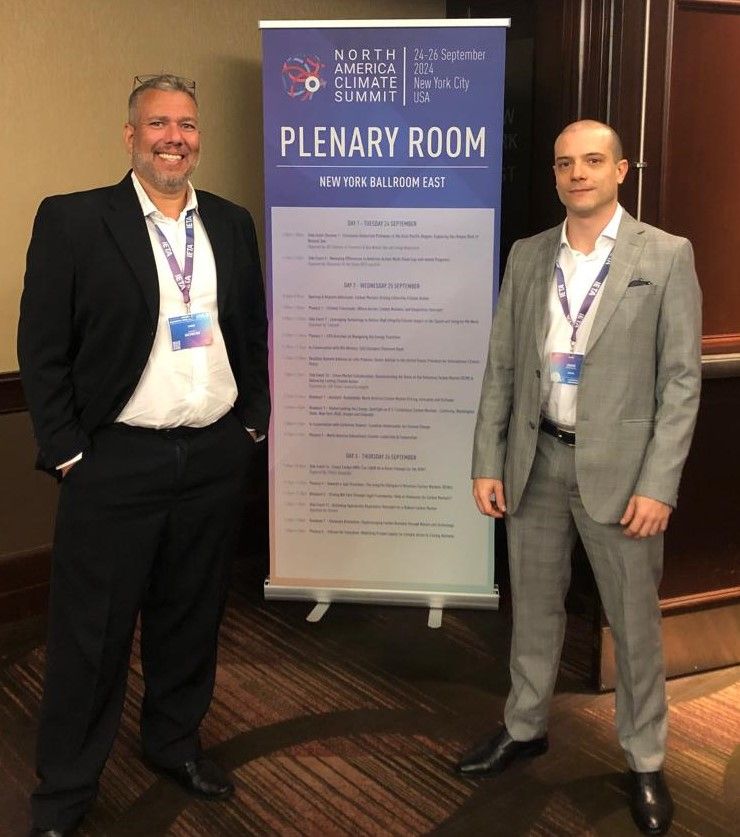Country Carbon Budgets

How much must a country's net CO2 emissions be reduced to meet the Paris Agreement?
Carbon Budgets per Country
The total global carbon budget can be divided per country. Dividing the global country budget into country budgets can be done in many different ways. One way of doing it is to divide the global budget into a budget per person, and then assigning a budget to a country based on its population. This way to divide the budget is used on this page.
About 10% of CO2 emissions are estimated to be emitted from land-use change, according to estimations of the the average emissions 2011-2020 (GCP 2021). The remaining 90% of the budget concerns CO2 emissions from fossil fuels (including cement). The Country Carbon Budgets are calculated only for fossil CO2 because land-use change emissions vary a lot in time and also between countries. Aviation and maritime emissions are also excluded, since they are not reported per country in the data set used for country emissions (GCP 2021).
The current population is 7.9 billion, which means that the global budget to limit warming to 1.5°C above pre-industrial (1850-1900) levels with a 66% probability of 400 GtCO2 implies a personal fossil carbon budget of 45.57 tCO2. (400 / 7.9 * 0.9)

Same emission reduction amount every year
One way of modelling emissions reductions is to reduce the emissions with the same amount every year. Every year of delay in action means that the emissions must reach net zero one year earlier.

Same percentage of emission reductions every year
Another possible way of modelling emissions is to reduce the emissions by the same percentage amount every year, e.g. a 10% reduction of emissions every year. In the calculations below, all years with emissions above 1/100th of the emissions the start year are counted.
2030 goal vs net zero goal
The Emission Gap Report 2019 state that global GHG emissions would need to be 55% lower in 2030 than in 2018, to limit global warming to below 1.5ºC. The SR15 report state that net zero CO2 emissions must be reached in 2050 to be able to limit global warming to below 1.5ºC.
Since the total warming is depending on the total amount of CO2 emitted, there is a relationship between the 2030 goal and the net zero goal. If emissions are reduced more to 2030, the net zero point can happen later in time. Conversely, if emission are not reduced enough in 2030, the net zero point must happen a lot sooner.

Flat or increasing emissions
Currently, world CO2 emissions from burning fossil fuels are increasing with about 1% per year, and increased 2.7% in 2018. (Burning fossil fuels is by far the biggest contributor to CO2 emissions.)

Fonte: https://carbonbudgetcalculator.com/country.html?country=Brazil






